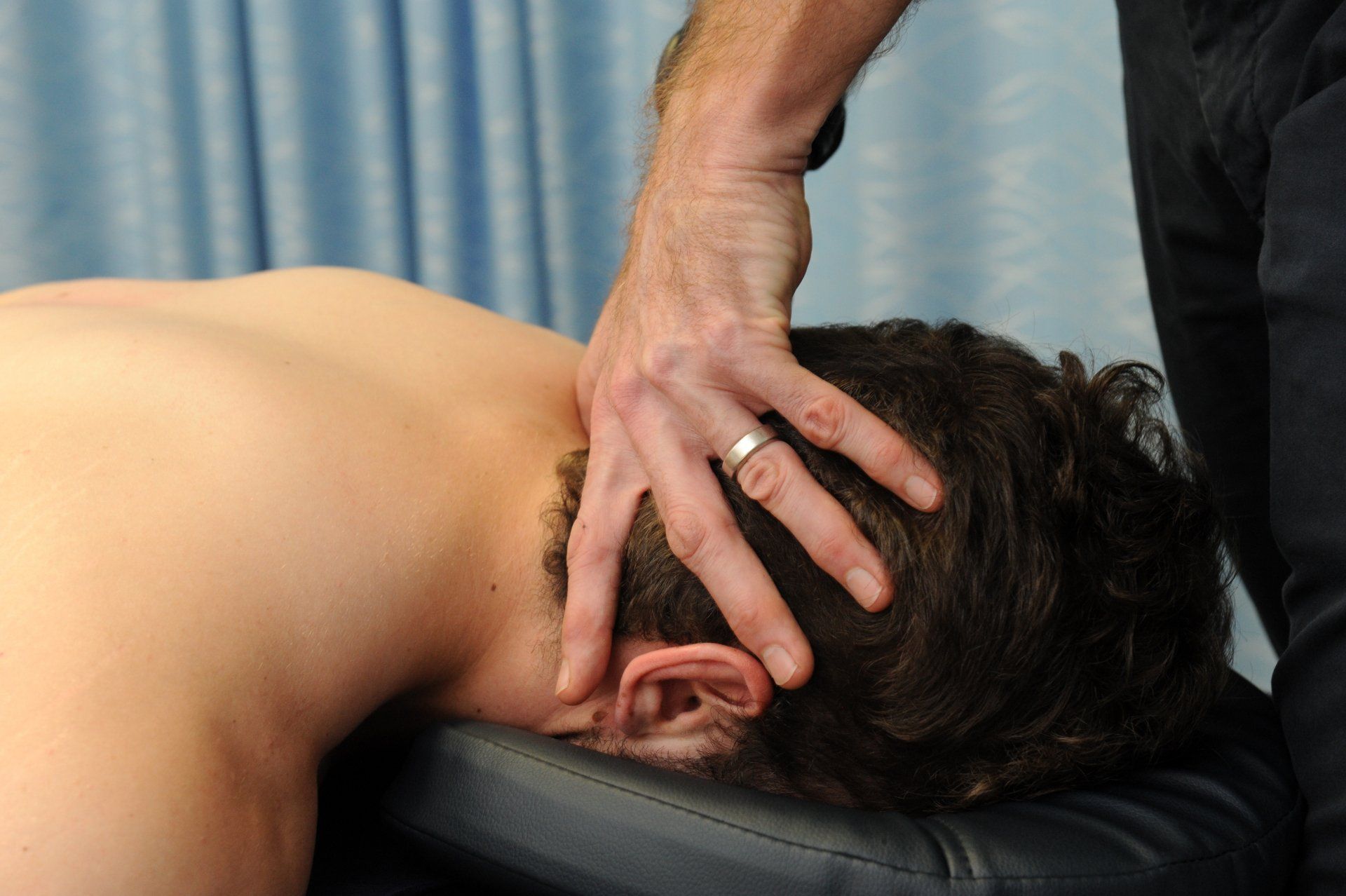Heart Health - Recovery and Exercise after a Heart Attack
Exercise is a cornerstone of recovery following a heart attack.

Heart attacks are frightening and can have profound physical and mental health effects on patients and their families. Ask anyone who has experienced one (or more) and they will likely tell you one of their great fears is not being able to do the things they love any more. Treatment is complex and lifelong, and involves medications, lifestyle changes and exercise. Under the guidance of your doctor and physiotherapist, therapeutic exercise can accelerate your return to normal activities, reduce your chances of another heart attack, and help you feel healthier and more energetic.
Anatomy 101
In the words of Gang of Youths, the heart is a muscle. Its main role is to circulate oxygen-rich blood throughout the body to keep the organs, muscles and tissues functioning. Consisting of two atria and two ventricles, the heart simultaneously pumps blood to the lungs to pick up the inhaled oxygen and distributes oxygen-rich blood to the rest of the body. As blood courses through the body, muscles, organs and tissues utilize oxygen for movement and bodily functions. The rhythmic beating of the heart maintains pressure in the circulatory system, helping return deoxygenated blood back to the heart where the process continues. Like all other organs, the heart has its own blood supply, the coronary arteries. If that supply is interrupted, for example due to a blockage or damage to a coronary artery, then heart muscle can be damaged resulting in a heart attack.
Who gets it?
Cardiovascular disease is a leading cause or morbidity (illness) and mortality (death) in Australia affecting 5.2% of the population. Nearly 2% of the population will experience a heart attack (an acute myocardial infarction) during their lifetime with males more at risk than females. A family history of heart disease and age over 45 (males) or 55 (females) also increases the risk of future heart disease.
Concerningly, Aboriginal and Torres Strait Islander people have a 2.4 times increased death rate from coronary heart disease than non-Indigenous Australians.
Extrinsic risk factors for heart disease (and therefore for heart attack) include diets high in saturated fat and salt, reduced physical activity, and smoking. Modifying these lifestyle factors can significantly reduce your risk of heart disease. Co-morbidities including high blood pressure, diabetes, and obesity also increase the risk of heart disease.
Diagnosing a heart attack
Heart attacks generally occur suddenly, though there are subtle signs and symptoms that may precede an actual heart attack. Symptoms of heart attack include:
- Chest discomfort or pain (angina). This can feel like uncomfortable pressure, aching, numbness, squeezing, fullness or pain in your chest. This discomfort can spread to your arms, neck, jaw or back. It can last for several minutes or come and go.
- Dizziness, light-headedness, feeling faint or feeling anxious
- Nausea, indigestion, vomiting
Signs of heart attack include
- Shortness of breath or difficulty breathing – with or without chest discomfort
- Coughing and/or wheezing
- Sweating or a cold sweat.
If you experience these symptoms, it is important you call 000 immediately and receive emergency care.
Treatment
Treatment and management following a heart attack follows a 4-stage process.
- Immediate treatment. Emergency care is required to maintain oxygen levels, reduce pain, dilate blood vessels and address the primary cause of the heart attack. This requires pharmacological management, and often surgical procedures (eg. Insertion of a stent, or coronary artery bypass grafting) to maintain blood flow to the affected heart tissue (known as reperfusion care).
- Post-Acute Care and Hospitalization. During this period various medications are prescribed to prevent further clots, manage blood pressure, and improve heart function. Patients are closely monitored for complications such as arrhythmia, heart failure, and other signs of ongoing heart problems.
- Rehabilitation and lifestyle changes. Cardiac rehabilitation is a medically supervised program focusing on exercise, education, and support to help the patient recover physically and mentally. It usually includes therapeutic exercise, diet advice, and techniques to manage stress and prevent future heart attacks. Lifestyle modifications address factors that can reduce your future risk of heart attack. This might include cessation of smoking, dietary changes, reducing blood pressure and cholesterol, and physical activity.
- Long-term monitoring and follow-up. Staying connected to your heart health team is important in the long term. Regular check-ups with your GP and Cardiologist can ensure medications are correctly prescribed and effective and that heart function is normal. Psychological support to address emotional health and mental well-being is vital (post-heart attack patients may experience anxiety, depression, or PTSD), while physiotherapy can help maintain physical activity and reach fitness goals over the lifespan.
Is it safe to exercise?
Following heart attack exercise should be medically guided. It is essential that you are medically stable and cleared prior to commencing exercise. Exercise should be prescribed by your physiotherapist, tailored to the individual, graded, and goal oriented. Over time, a combination of aerobic exercise and resistance training should be incorporated to improve functional capacity, physical strength, quality of life and reduce cardiac risk factors.
Daily activities play an important role in recovery from heart attack and should be considered in the overall cardiac rehabilitation program. Household chores, grocery shopping, walking the dog, and work tasks can all contribute to functional heart load and therefore be incorporated into the cardiac rehab plan.
How long’s it going to take?
Recovery following heart attack varies depending on several factors including the severity of the heart attack, emergency care required (eg. surgical v’s pharmacological management), patient age, and co-morbidities.
Broadly speaking, taking into consideration acute (hospital) management, post-acute care, cardiac rehabilitation, and lifestyle modifications, recovery can take up to 12 months, though some people may be back to work and exercising within a 3 to 6 month period.
Lifelong follow-up with your heart health team is essential to monitor heart function, manage any ongoing medications, and address any risk factors (such as high blood pressure, high cholesterol, or diabetes).
The take home
Post-heart attack treatment focuses on immediate stabilization, restoring blood flow to the heart, preventing further damage, and making long-term adjustments to lifestyle and medication. By managing risk factors, patients can significantly reduce the chance of future heart attacks and improve their quality of life.
Returning to normal activity after a heart attack can be a long and challenging process. Exercise forms a cornerstone of recovery from heart attack and future risk reduction. Exercise should be goal oriented and tailored to your needs, and be prescribed and monitored by a suitably qualified health professional who is familiar with your presenting condition and healthcare history.
Got a heart complaint or just want to improve your heart health? Give us a call.
At Movement for Life Physiotherapy, we understand heart health and can safely assess your tolerance to physical activity in a controlled environment. With a clear understanding of your physical capacity and a tailored management plan, we'll help get you moving to your own beat and back to the things you love sooner.
Give us a call now or click on BOOK AN APPOINTMENT to book online.
Sources
- Ribeiro, F., Oliveira, N. L., Silva, G., Campos, L., Miranda, F., Teixeira, M., ... & Oliveira, J. (2017). Exercise-based cardiac rehabilitation increases daily physical activity of patients following myocardial infarction: subanalysis of two randomised controlled trials. Physiotherapy, 103(1), 59-65.
- https://www.heartfoundation.org.au/your-heart/heart-attack
- https://www.heartresearch.com.au/recovery-and-exercising-after-a-heart-attack/
- https://www.nhlbi.nih.gov/health/heart-attack/causes
- Price, K. J., Gordon, B. A., Bird, S. R., & Benson, A. C. (2016). A review of guidelines for cardiac rehabilitation exercise programmes: is there an international consensus?. European journal of preventive cardiology, 23(16),
1715-1733. - Verdicchio C, Freene N, Hollings M, Maiorana A, et al. (2023) A Clinical Guide for Assessment and Prescription of Exercise and Physical Activity in Cardiac Rehabilitation. A CSANZ Position Statement. Heart Lung Circ. 24:S1443-9506(23)04214-2.
- ACSM. 2017. ACSM’s Guidelines for Exercise Testing and Prescription. Tenth Ed. Lippincott Williams and Wilkins








